IPEM Cannes 2024 – The Daily Spin – January, 25th
The shifting role of LPs was the overarching theme for the morning session of Day 2, at the 10th edition of IPEM in Cannes. After a full day of yoga,…
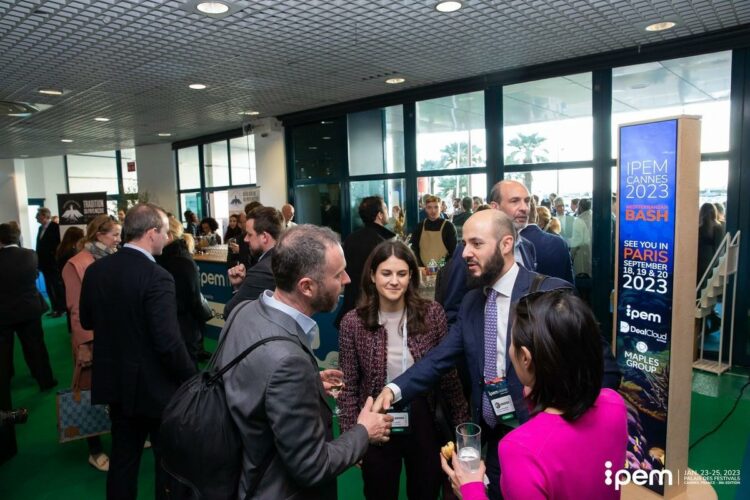
Find below all the Sessions Replay of DAY 2
Find below all the TV Studio Interviews of DAY 2
Find below the full Photo Gallery of DAY 2
Day 2 of IPEM 2023 continued to build on yesterday’s positive mood, with plenty of engaging discussions throughout all of the meeting booths and lounge areas. The focus of the morning session was on investor perspectives, under the theme of “LPs: Standing Firm on Shifting Ground”. Key themes were discussed, spanning views on the macro environment, liquidity trends, democratization of private markets and managing co-investment portfolio risks.
Once again, the Powertalks gave the audience the most relevant insights on how Europe’s leading institutional investors are thinking about these topics as they manage their private market allocations.
Assessing the current market environment, the general feeling among panelists was that as serious as COVID-19 was, it ended up not being too impactful on markets due to the extraordinary measures taken by central banks. Of more concern is the current ‘crisis’, which has undoubtedly been exaggerated by the events of the Ukraine war and the zero-COVID policy that was in place in China until recently. “A corner has been turned, with interest rates rising. We are bracing for a different period than the one we had the previous decade,” remarked Piet-Hein Den Blanken, Managing Director, Primary Fund Investments, ALPInvest, speaking on the panel “2023: a historic stress test for private market portfolios?”.
This view was echoed by Reji Vettasseri, Lead Portfolio Manager, Private Markets Funds at Decalia Group, who described today as a “long fuse crisis”. “People were predicting it 18 months ago. This was not bad for private debt investors as it allowed them to update their covenants in advance. It is also a full employment crisis, which is very unusual,” he said.
As markets remain challenged, the view among panellists was that GPs are better prepared and have more tools to find solutions for their portfolio companies. Alessandro Tappi, CIO for the European Investment Fund, made the observation that there are regional variations in corporate valuations. Given the speed with which the US Federal Reserve moved to raise interest rates in 2022, US private equity funds have taken a sharper hit to their NAVs. “There was a 10 to 15 point gap between US and Europe in terms of valuations and I think this will continue until year-end in the middle-market and lower middle-market,” said Tappi. He suggested that going forward, PE fund managers would need deeper pockets and that this could lead to 30% fewer funds in the market. “We are in the bottom of the market and this is a window, over the next two or three years, in which you need to be disciplined about which investments to make and which to pass on,” suggested Vettasseri.
Investors also welcome the fact that fundraising is likely to slow in 2023. It was felt that the balance of power was with the GPs over the last few years. Despite the macro backdrop, investors are clearly maintaining their conviction in private markets. This came through loud and clear during the morning session. “We think this is the best time to be a value investor and enhance returns,” said Anuj Rajnan, President, Private Equity, Brookfield.
“We are continuing with our program and not skipping on a vintage year. We invest regardless of the macro picture,” added Harrie Van Rijbroek, Director of Private Equity, PGGM. Selectivity is key, however. Investors like EQT are sitting on significant amounts of dry powder but are continuing to deploy in unstoppable mega trends like sustainability and digitisation.
“We have a strong pipeline. We focus on downside protection businesses which stack up well during turbulent times. People see how impact and profit can go hand in hand in funds like EQT Future,” commented Carl Johan Renstrom, Partner, EQT Partners.
Continuation funds and secondary funds were discussed in some detail on Day 2. In some respects, investors are astonished to see how many continuation funds there now are in the market. Van Rijbroek does not see the need for LPs to have to pay more to move in to continuation vehicles if they were happy to remain invested in the original fund and suggested that “GPs have to be careful” in this regard. On the topic of secondary funds, they continue to remain a key source of liquidity for investors. The panellists speaking on “Does liquidity matter (and come with a price) after all?” agreed that liquidity is undeniably valuable in the current market, although there remains a bit of a mismatch of expectations between GPs and LPs.
“Liquidity is critical. LPs are always focused on their own cashflows and this balance is not in equilibrium right now,” commented Francois Aguerre, Partner and Co-Head of Investment at Coller Capital.
Flexstone Partners’ Eric Deram noted that the secondary market is 50 times bigger than it was in 2001 and that there is currently approximately EUR120 billion of dry powder in PE secondary funds waiting to be invested. He noted, however, that this takes time and is creating a funding gap between buyers and sellers. “The four biggest secondary buyers represent 50% of the market. If you have a small portfolio to sell you might have to settle for a bigger discount,” he said.
“Sellers must also realise it takes time, maybe six months, and there’s uncertainty they are going to get the price that they want,” added Alex Shivananda, Managing Director, Cambridge Associates. “GP-led secondaries are a third option (after M&As and IPOs). If you want to get out of an illiquid asset class it’s going to cost you.” The general message was that liquidity absolutely comes with a price. It is the basic law of the market. “Buyers always have better performance than sellers, 5% per annum of performance. That’s what sellers are giving up when they use secondary markets,” added Deram. For LPs looking to manage their co-investment portfolios, they need to think carefully about the GPs they partner with and whether or not to try and build in-house expertise. For large managers like Ardian, the focus of co-investing centres on deal flow and due diligence.
“It’s important to build diversified portfolios so deal flow needs to capture quantity and quality,” explained Carole Barney, Senior Managing Director, Co-Investment Funds, Ardian. “You need a large base of GPs to maintain strict selection. We look at 300 deals and transact on three each year. Quality is challenging because you need access to top quartile GPs in order to invest in the best buyout deals.” In terms of due diligence, the panel emphasized the need to target companies that have recurring business models. Moreover, they need to be either market leaders or disrupters in their respective sector; this is more important than ever in today’s macro environment.
“In a recessionary environment, picking recession-proof businesses is key,” remarked David Smith, Senior Managing Director, Co-Investment at Capital Dynamics. “You need to adapt your strategy to a more difficult time in terms of, Do you want to be in ordinary shares, in preferred shares, or in mezzanine?’ It is therefore important to be agile.”
In terms of opportunities in 2023, Kasper Wichmann, Managing Editor, PE Compass, suggested that co-investments made in companies in the last few years that maybe should not have been funded could lead to more special situation deals. Smith suggested that there would be a higher number of co-investments transacted for buy-and-build strategies, as EBITDA multiples fall. Overall, the feeling among investors was constructive and relatively upbeat. “We think this is an incredible opportunity to buy good businesses that we can improve operationally,” remarked Brookfield’s Ranjan. “We feel better about economic prospects and we think the depth and breadth of the slowdown will be less severe than people first thought.”
Tech Summit
The morning’s Tech Summit was a far reaching discussion, ranging from trends in the sector, the outlook for the software buyout market and an assessment of late-stage VC. During the summit, moderated by Dylan Cox, Head of Private Markets Research at Pitchbook and Matthieu Rosset, Managing Director, Lincoln International, figures revealed that venture capital fundraising set a new record in Europe in 2022, although it was a tale of two halves: while EUR25.5 billion was raised in the first half of the year, LP commitments steadily tailed off in Q3 and Q4, which was expected given that market volatility was pronounced. There is now a record amount of dry powder available to European VC funds, however: EUR54 billion to be precise. This is expected to support Europe’s start-up ecosystem at the early stage although the summit session revealed that putting that dry powder to work is likely to take time. The outlook for European VC is expected to cool somewhat in 2023 as a new balance of deal making is found. This is likely to lead to more VC fund down rounds and more highly structured deals. Indeed, some high profile technology companies are now engaged in laying off employees, which might have seemed unthinkable a couple of years ago but is now a very real trend. This is likely to lead to a greater focus among companies on sustainable earnings and strengthening free cash flows. What is also likely to make it challenging for VC investors is the lack of exit opportunities. In 2021, there was a record level of venture-backed IPOs, across the globe, which drove revenue multiples higher. In 2022, that trend slid the other way and progressively fewer IPOs were realised. In Europe, they fell 56% in 2022.
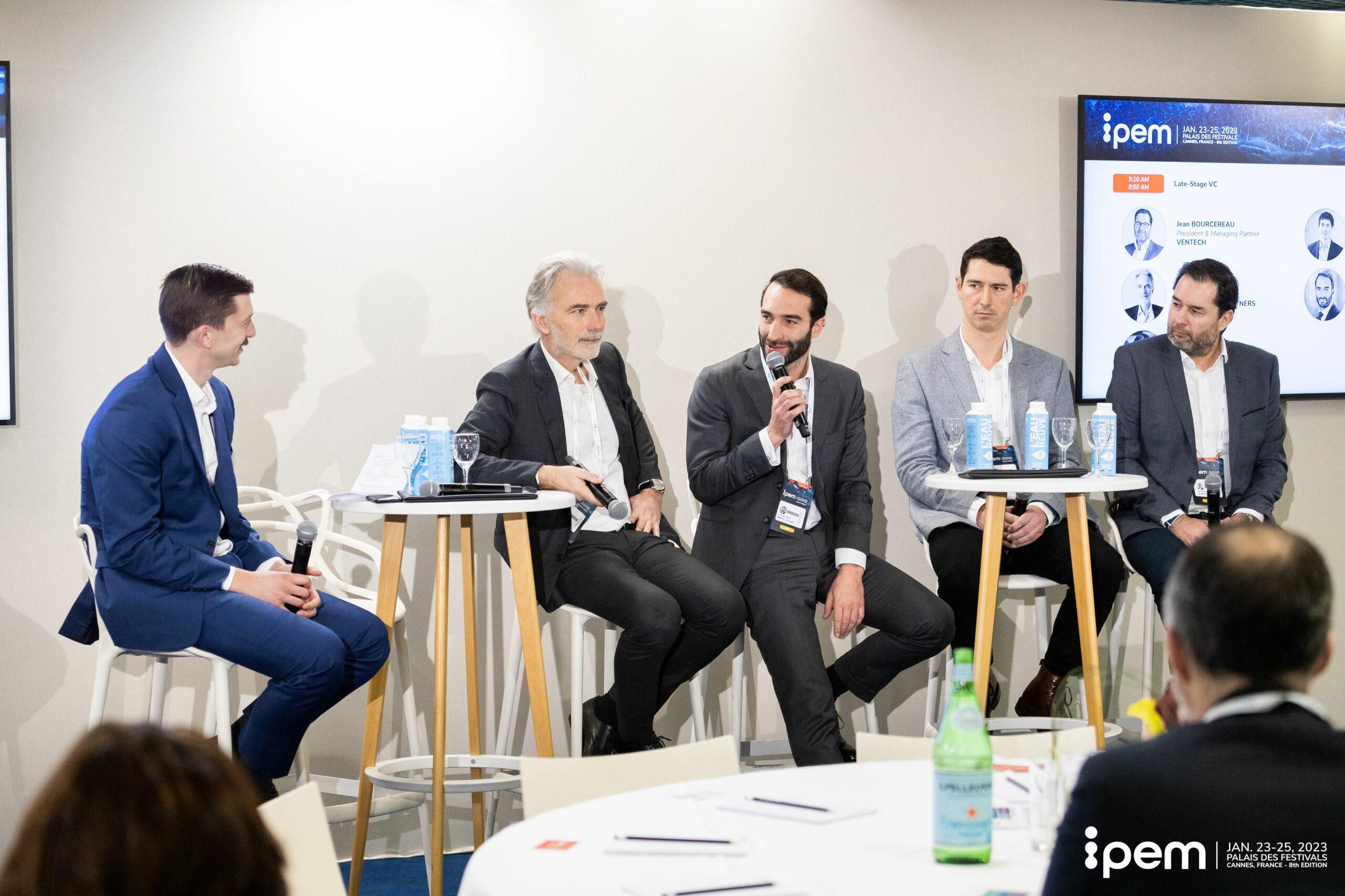
Secondaries Summit
The secondaries summit looked at market trends, GP-led secondaries and some of the factors driving a resurgence of LP stakes. The summit was expertly moderated by Andrew Harrison and Bernhard Engelien of Greenhill & Co. International LLP.
During the second half of 2022, portfolio deals for secondaries became very attractive for buyers as valuations became more attractive and investment committees were generally more comfortable with more diversified deals. This made it harder to do GP-leds and required the stars to align because of a lack of capital and greater selectivity in the market. Panelists discussed the fact that while many GP-led deals started with no discounts in 2022, as the year went by it became increasingly popular to see trophy assets being offered at discounts anywhere from 5% to 12%. With respect to deal optics, people were more focused in the first half of the year on technology and healthcare assets. A broader, more diversified range of deals across sectors then emerged during the second half of the year.
One point raised during the summit was that speaking to GPs at the conference were saying that they always sell assets at a 30 to 40% premium to NAV, yet LPs are being asked to accept discounts of 10%. Which begs the question: Why are GPs selling? The suggestion made during the summit was that the industry may need to self-regulate a bit more over the next few years to make GP-led secondaries work as a long-term market opportunity. Are GPs setting up continuation funds to explore a new value creation phase? Or are they planning to simply continue to hold the asset and collect fees without making any real change? It was noted that while a number of strip sales were completed last year, GPs will need to focus on, and be clear about their rationale for why they are bringing specific assets to market as secondary buyers are going to be very picky. Multi-asset deals are beginning to gain more traction but as the summit session made clear, this adds additional complexity as it involves combining good assets with potentially less good quality assets. The general feeling was that buyers are open to considering such deals.
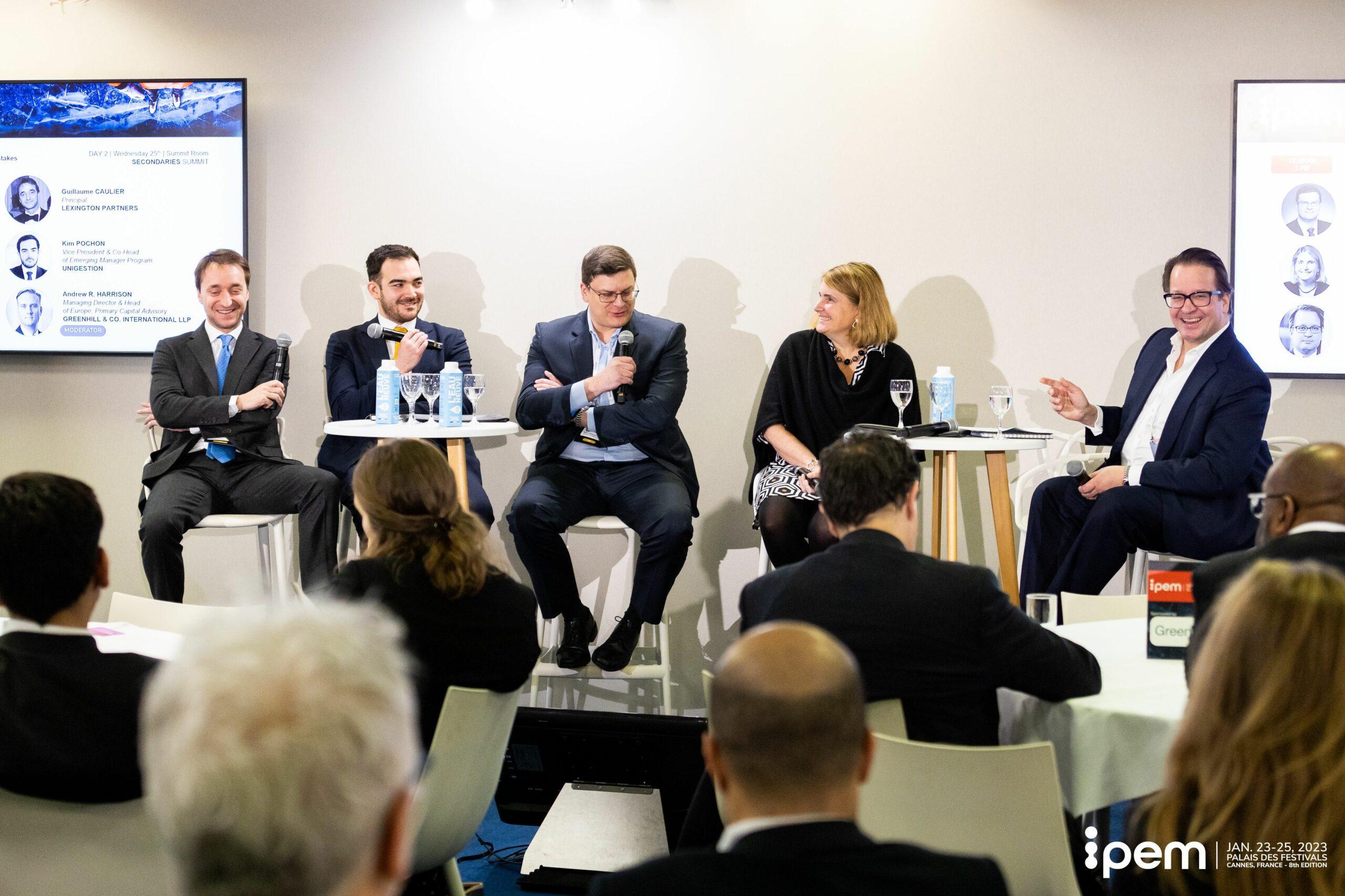
Thank you to all IPEM SPONSORS!
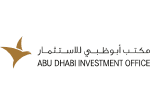
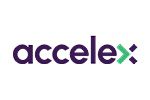

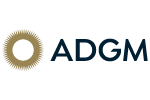

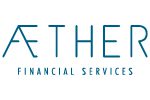
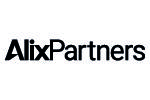

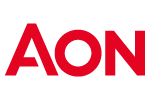
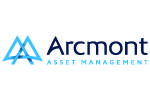
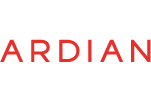

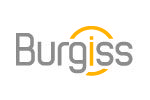
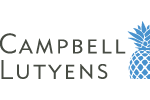

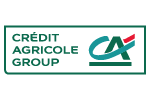

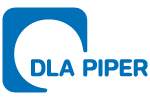
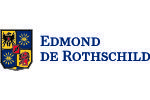
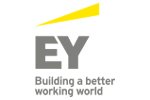
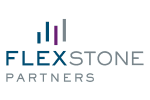
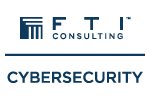

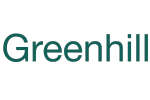
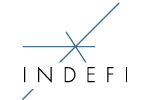


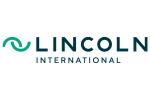
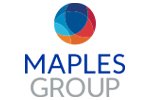
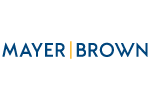
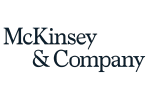
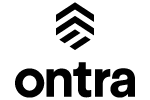
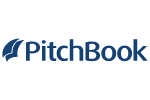
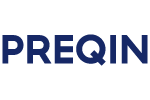
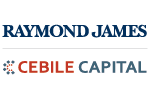
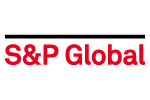
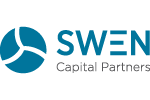
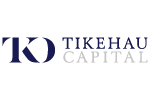
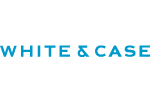
And all IPEM INDUSTRY & MEDIA SUPPORTERS
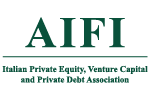
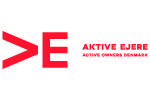

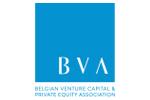
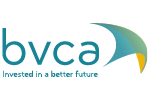
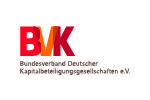
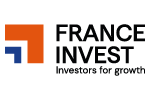
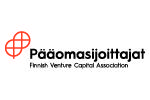
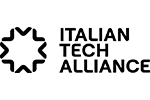
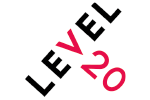
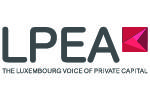

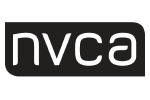
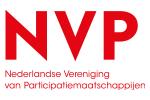

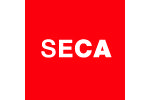


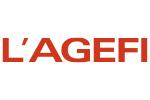


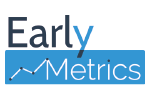
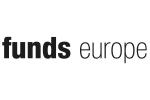


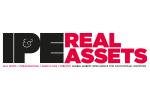
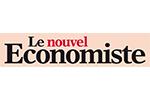





The shifting role of LPs was the overarching theme for the morning session of Day 2, at the 10th edition of IPEM in Cannes. After a full day of yoga,…
Fill-in the information below to submit your event.
Fill in the information below to download the Survey.
Fill in the information below to download the Product Catalog.
Fill in the information below to download the Investor Package.
Fill in the information below to register as a journalist.
Fill in the information below to download the Factsheet.
Fill in the information below to download the Product Catalog.
Fill in the information below to download the list of firms.
Fill in the information below to download the LP Package.
Fill in the information below to download the Factsheet.
Fill in the information below to download the Wealth Discovery Package.
Fill in the information below to download the IPEM Playbook – Navigating the Wealth Revolution.
Fill in the information below to download the Factsheet.
Fill in the information below to download the Full Report.
Fill in the information below to download the Product Catalog.
Fill in the information below to download the IPEM LP Package 2025.
Fill in the information below to download the Program.